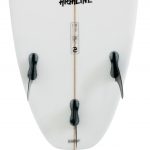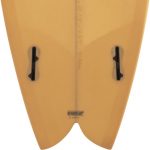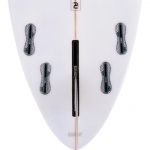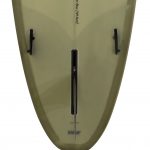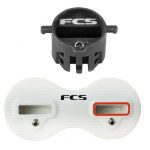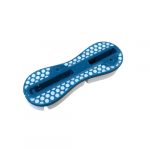How to choose the right fins and daggerboards?
If you're one of those people who wonders whether fins or daggerboards are just accessories that won't affect your board's behavior...
Think again! The role of drift is quite simply crucial.
Why is this? The daggerboard stabilizes the board and helps it maintain its trajectory, as well as relaunching when exiting a curve.
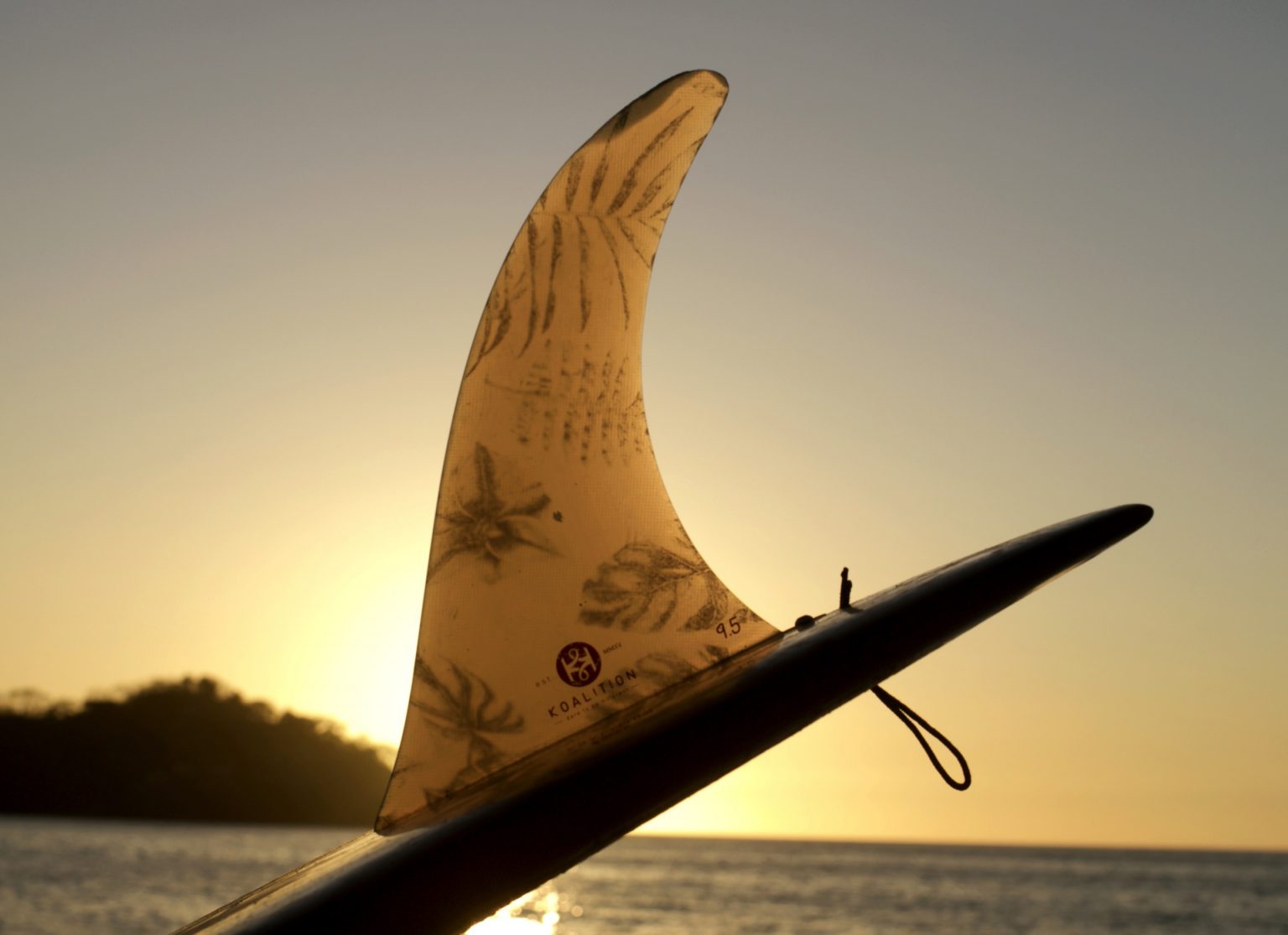
A little technique?
Unfortunately, you have to go through this, but don't worry, we won't be too boring 😉
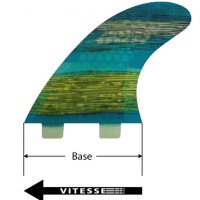
BASE:
This is the distance between the leading edge and the trailing edge where the fin makes contact with the board
. Fins with a longer base have a better "drive"
and substantially better speed.
HEIGHT or DEPTH:
This is the distance between the base and the tip of the fin. Simply put, the deeper the fin, the better the grip.
Conversely, a finned board with shallower depth will tend to skid more and be more playful.
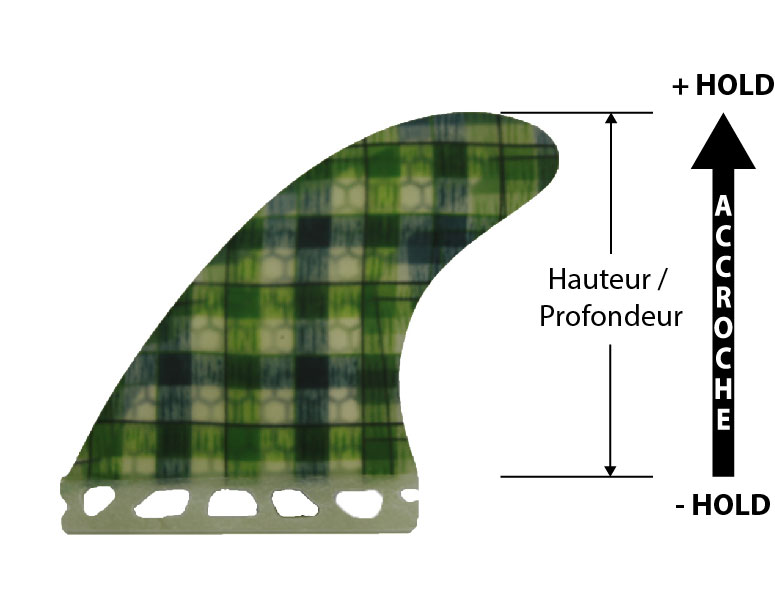
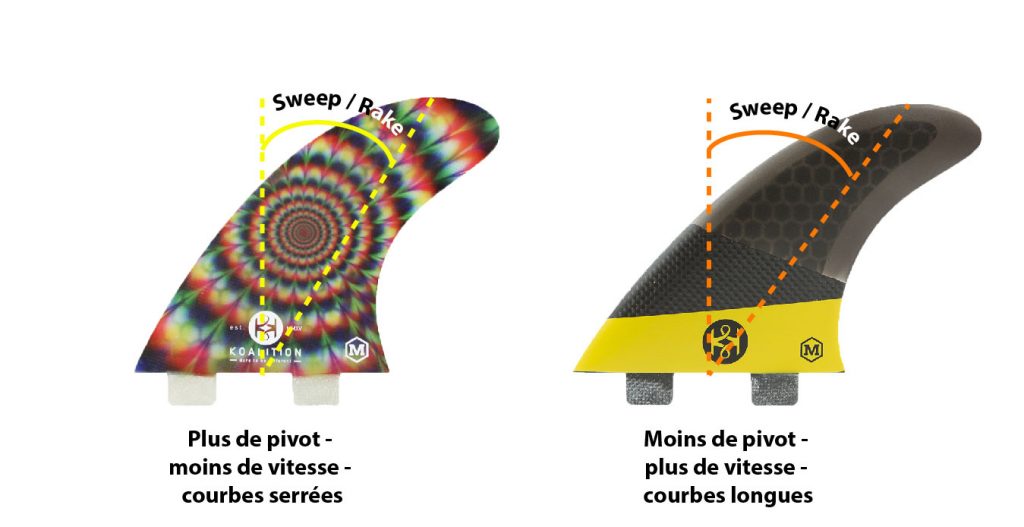
INCLINATION / RAKE:
The angle measuring the rearward inclination of the fin is called the Rake, and has a direct influence on the pivot.
In simple terms, the greater the inclination, the longer the curves. Conversely, the tighter the angle, the tighter the curves.
Thrusters are the most popular
models in the
surfing world. They provide the speed
of a single fin and the acceleration
of a twin.
Twins in small waves give you more speed than other systems, but it's harder to turn when the waves are less hollow.
Quads bring more
speed than a thruser, but hook a little less well. Quads allow you to surf at the top of the wave with a lot of speed.
Single fins are often
used on longboards, but
are increasingly found on
retro shortboards. You'll have better support for turning, but the board will be less stable than with two other side fins.
What is the daggerboard system on my board?
The first parameter to take into account is the fin system fitted to my board.
There are currently 4 drifting systems on the market, also known as housings. We'll describe and explain them below.
- FCS1 & FCS2 :
- FCS 1: Certainly one of the most widely used fins in the surfing industry. The fin is held in place by 2 screws that rest on the fin base.
- FCS 2: this is version 2.0 of the FCS1 system, with no need for screws. Simply push the fin into the housing, and the fins are held securely in place by the roller inside the housing. However, for optimum security, we recommend that you add screws to your FCS2 housing. If you wish, you can use the shim system, which consists of inserts to slide into the gaps between the housing and the screws. Please note that FCS1 daggerboards are perfectly compatible with FCS2 housingsyour FCS2 housing. If you wish, you can use the shim system, which includes inserts to slide into the gaps between the housings and the screws. It should be noted that FCS1 daggerboards are perfectly compatible with FCS2 housings, which are held securely in place by the caster inside the housing. However, for optimum security, we recommend that you add screws to your FCS2 housing. If you wish, you can use the shim system, which consists of inserts to slide into the gaps between the housing and the screws. Please note that FCS1 daggerboards are perfectly compatible with FCS2 housings.
- Future fins system :
These are housings with a single screw on top. compatible fins here!
- US-Box fins system :
US housings, also known as single housings, are found on longboards and mid-length / funboards, and are the oldest fastening system. The fin base has a pin which must be inserted into the housing until it reaches the inner rail, where the position of the fin can be adjusted. The fin is then secured by a square and a screw.
Some boards have only one case. These boards are called thin singles. We generally find a US case accompanied by side cases (FCS or Futures).

